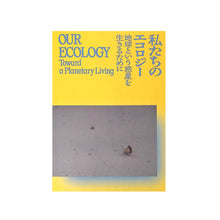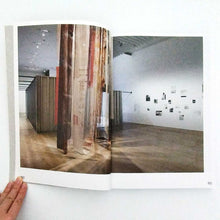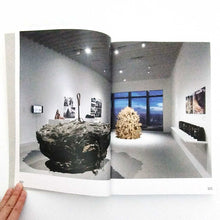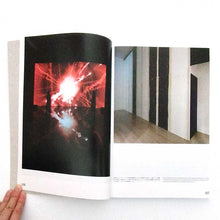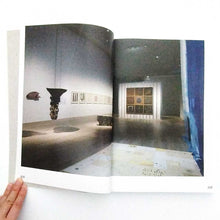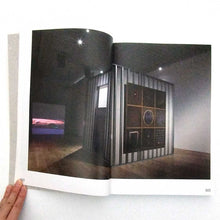
Publisher:Sayusha
Language: Japanese/English
--------------------------------------
How does contemporary art respond to the environmental crisis?
Contains approximately 190 illustrations of works by 34 up-and-coming artists of all nationalities.
We offer a new perspective for breaking away from anthropocentric ways of looking at things and confronting the environmental problems that are eroding the earth.
◉Special contribution by guest curator Bart Windsor-Tamaki
Chapter 2 includes a special contribution by guest curator Bart Windsor-Tamaki (professor and art historian, Department of Art History, University of California, Irvine). Titled ``Returning to the Earth: Art and Ecology in Japan from the 1950s to the 1980s,'' the book explores the effects of industrial pollution, urbanization, and radioactive contamination on Japanese contemporary art since the 1950s, with reference to many works by domestic artists such as Taro Okamoto. We will consider how we have faced serious environmental issues such as natural disasters and natural disasters.
◉Exhibition overview
The impact humans have had on the Earth since the Industrial Revolution, especially in the latter half of the 20th century, is said to be comparable to the geological changes that occurred over the tens of thousands of years before that. This global environmental crisis may have its origins in a myriad of events and situations unique to each industrialized nation. This exhibition was conceived from this question.
This exhibition will introduce approximately 100 works of diverse expression, from historical works to new works, by 34 domestic and international artists in four chapters. Chapter 1, "Everything is Connected," refers to the reality that the environment, ecosystems, and human activities are intricately intertwined. Chapter 2, "Returning to the Earth," reexamines art produced and presented in Japan, where environmental pollution became a problem in the midst of rapid economic growth from the 1950s to the 1980s, and examines environmental issues from Japan's perspective. I look back. Chapter 3, "The Great Acceleration," introduces works that reveal the effects of humanity's excessive exploitation of the earth's resources, while at the same time offering a kind of "hope." The fourth and final chapter, “The Future Is Among Us,” explores the most important aspects found in various expressions such as activism, indigenous wisdom, feminism, AI, collective intelligence (CI), and spirituality. We envision future possibilities through consideration of both cutting-edge technology and ancient technology.
◉Event information
Date/2023.10.18 (Wednesday) - 2024.3.31 (Sunday)





